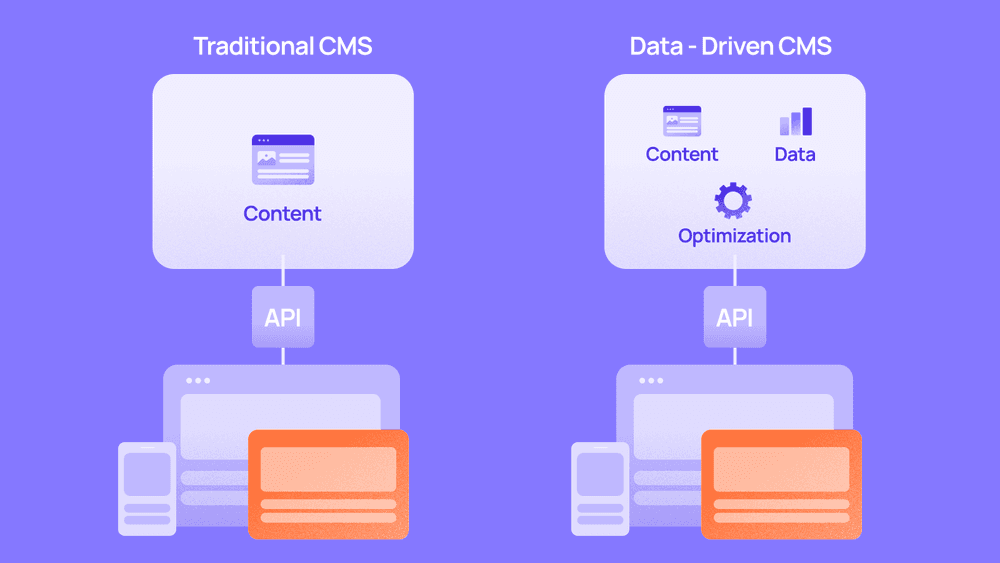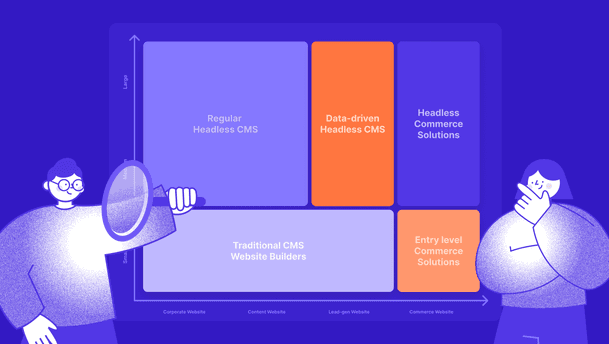People are creatures of habit.
We stick to what’s familiar because it’s comfortable and predictable.
You’ve probably watched the iconic '90s show Friends. Think about them. They all have their favorite seats, their go-to coffee orders, and their usual routines. Changing those habits feels strange, even when something new might be better.
CMSs have been a lot like that cozy coffee spot, reliable and familiar, but limited when your needs start to grow or change. But just like the Friends group had to face new chapters in their lives, digital teams today need tools that can adapt to fast-changing demands.

The role of content in digital marketing has evolved dramatically over the last few years. What used to be a matter of simply publishing blog posts or managing landing pages has now become a strategic game of performance, where speed, personalization, and measurable impact define success.
Marketing teams today don’t just want to hit “publish”; they want to know if their content works. They want to test, optimize, personalize, and improve.
This shift is exactly why a new kind of CMS has emerged: the data-driven CMS.
From publishing to performance: What is a data-driven CMS?

For years, CMSs served one core purpose: to manage and deliver content. Whether you were using WordPress, or a newer headless CMS like Sanity or Storyblok, the focus was always on structuring and distributing content across digital channels.
You’d set up a blog, fill out a few landing pages, and hit “publish.” Job done. But today’s marketing world looks very different, and far more demanding.
Modern content teams are no longer measured just by how much they produce, but by how well that content performs. It’s not enough to publish frequently; the real questions are: “Is this content reaching the right audience?” “Are people engaging with it?” “Is it converting?”








